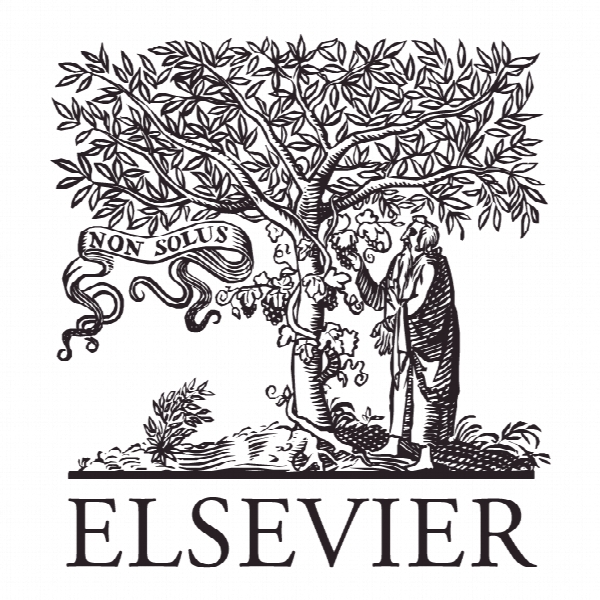نگاه کردن به عقب (و جلو): تشخیص افرادی که روایت های شخصی محتمل می سازند “Looking back (and forth)”: Acknowledging the people who make personal narratives plausible
- نوع فایل : کتاب
- زبان : انگلیسی
- ناشر : Elsevier
- چاپ و سال / کشور: 2017
توضیحات
رشته های مرتبط مدیریت
مجله مرور مدیریت ورزش – Sport Management Review
دانشگاه دانشکده ورزش و تفریح، صنعتی اکلند، نیوزیلند
نشریه نشریه الزویر
مجله مرور مدیریت ورزش – Sport Management Review
دانشگاه دانشکده ورزش و تفریح، صنعتی اکلند، نیوزیلند
نشریه نشریه الزویر
Description
1. Setting the scene: the purpose of the paper Back and forth autoethnographers gaze: first they look through an ethnographic wide lens, focusing outward on social and cultural aspects of their personal experience; then, they look inward, exposing a vulnerable self that is moved by and may move through, refract, and resist cultural interpretations . . . I wanted to be there . . . I wanted to use a form of representation, which would not violate my desire to be alongside the people . . . I turned to autoethnography, a blend of ethnography and autobiographical writing that incorporates elements of one’s own life experience when writing about others, a form of self-narrative that place[s] the self within a social context (Reed-Danahay, 1997, p. 38, cited in Wright, 2011, p. 311). Autoethnographers situate themselves within their social and cultural context, transporting both writer and reader to new places in space and time (Bochner & Ellis,1996; Boyle & Parry, 2007; Chang, 2008; Dashper, 2013; Ellis, 2004; Holt, 2003; Humphreys, 2005; Sparkes, 2002a; Tolich, 2010). At the same time, they can evoke emotional reactions from the reader (the consumer). Dashper (2015, p. 3) defined autoethnography as “a form of narrative research which recognises that stories are an important way in which people try to understand and make sense of their world(s). “Like Reed-Danahay (1997), I found autoethnography at a time when my personal memories were overshadowing those being shared by others. Autoethnography certainly helped me make sense of my inability to distance my personal and professional identities. In 2008, I fully embraced the freedom it allowed me to situate my self within my study of sports tourism, choosing to bare all for the future benefit of others. I opted to put my heart and soul into the production of an evocative autobiographical narrative that has truly changed my outlook on life, love, loss, and the leveraging of legacies. hat has truly changed my outlook on life, love, loss, and the leveraging of legacies. Having survived a decade of soul searching and serious self discovery, moving back and forth between the fields of leisure, tourism, events, sport, and recreation management, I’ve finally found a place where my multiple identities appear comfortable. I’ve found a space for me to grow up, settle down, and lay my roots. By encouraging compassion and promoting dialogue between the author and audience, autoethnography has allowed me to target my storytelling at sport management scholars struggling to make sense of their lived experiences. My research philosophy, for what it is worth, is essentially underpinned by ontological relativism, which proposes “reality” as something which is “multiple, created and minddependent,” and epistemological constructionism, which argues that all “knowledge is constructed and subjective” (Smith, 2013, p. 134). My personal offering to this special edition showcases the views of Laurel Richardson, Andrew Sparkes, and Brett Smith, all three of whom have identified story-writing as a valid form of narrative analysis (Richardson, 2000; Smith, 2013; Sparkes, 2002a). Smith (2013, p. 135) notes how, using Richardson’s (2000) creative analytical practices (CAP), “a storyteller aims to produce an analysis in storytelling and show rather then tell theory in and through the story.” Autoethnography and ethnographic creative non-fiction are subsequently identified as one of many CAPs available to the academic storyteller (Smith, 2013).


